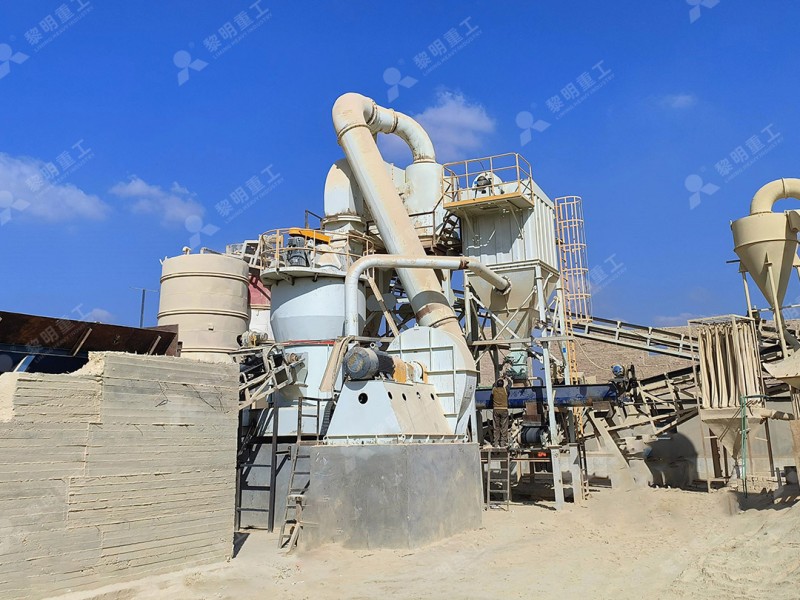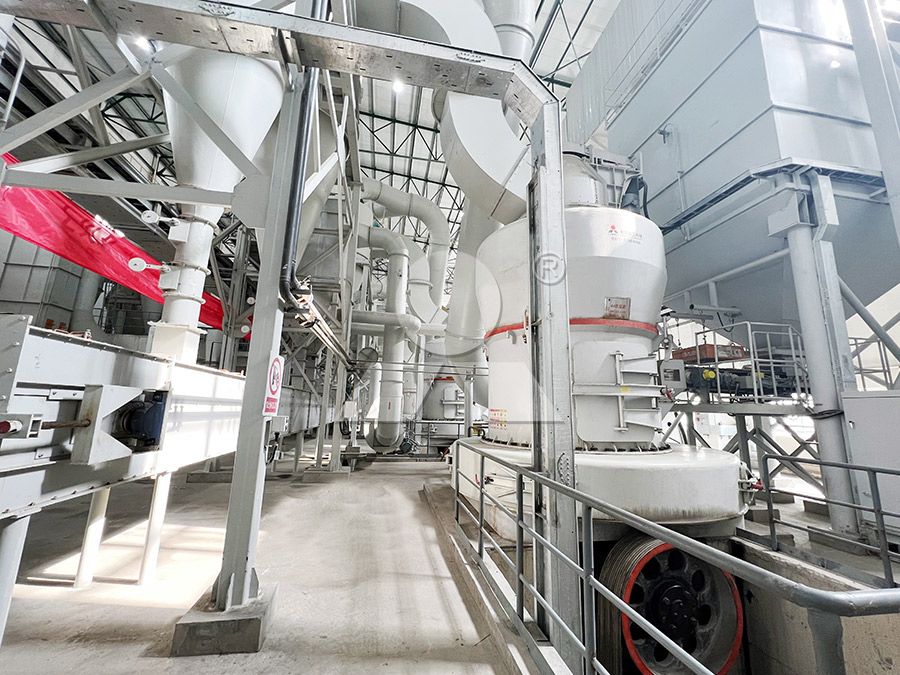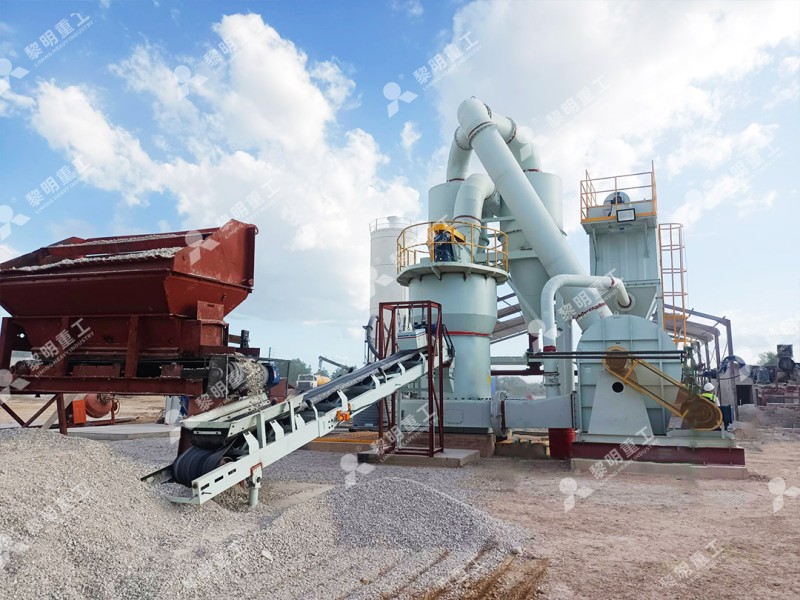4R Raymond Mill for Grinding Rhodochrosite Ore
Optimizing Rhodochrosite Processing with 4R Raymond Mill Technology
Rhodochrosite, a manganese carbonate mineral known for its distinctive rose-red coloration, presents unique challenges in mineral processing operations. With its moderate hardness (3.5-4 on Mohs scale) and perfect rhombohedral cleavage, achieving consistent particle size distribution requires specialized milling equipment. The 4R Raymond Mill has emerged as a preferred solution for processing this beautiful mineral into fine powders for various industrial applications.

The traditional 4R Raymond Mill configuration features four grinding rollers that apply centrifugal force against a stationary grinding ring, creating the mechanical pressure needed to pulverize rhodochrosite ore. This established technology continues to deliver reliable performance for medium-fine grinding applications where product fineness requirements range between 80-400 mesh. The robust construction and straightforward operation make it particularly suitable for mining operations requiring consistent throughput with minimal operational complexity.
Technical Advantages for Rhodochrosite Applications
When processing rhodochrosite, several factors make the 4R Raymond Mill particularly effective. The spring-loaded grinding rollers automatically compensate for variations in feed size and hardness, maintaining consistent grinding pressure even when ore characteristics fluctuate. The integrated air classification system ensures that only properly sized particles exit the grinding chamber, while oversize material recirculates for further reduction. This closed-circuit operation maximizes efficiency and prevents energy waste on already-sufficiently ground material.
The environmental performance of modern 4R Raymond Mills has improved significantly with advanced dust collection systems. For rhodochrosite processing, where preserving product purity is essential, these systems prevent cross-contamination while protecting workers from airborne particulate. The pulse-jet baghouse filters typically achieve collection efficiencies exceeding 99.5%, ensuring compliance with increasingly stringent workplace and environmental regulations.

When to Consider Advanced Grinding Solutions
While the 4R Raymond Mill excels at medium-fine grinding, operations requiring ultra-fine rhodochrosite powders below 325 mesh should evaluate more advanced technologies. For these applications, our MW Ultrafine Grinding Mill represents a significant technological advancement. With an input size capability of 0-20 mm and capacity ranging from 0.5-25 tph, this equipment achieves fineness between 325-2500 meshes – far beyond what conventional Raymond Mills can produce.
The MW Ultrafine Grinding Mill incorporates several proprietary technologies that benefit rhodochrosite processing. The cage-type powder selector, utilizing German technology, provides exceptional precision in particle separation. The absence of rolling bearings and screws in the grinding chamber eliminates common failure points and prevents contamination from mechanical wear. For operations targeting niche markets where ultra-fine, high-purity rhodochrosite powders command premium prices, this equipment delivers unmatched performance.
Another compelling option for operations seeking to modernize their rhodochrosite processing is the LUM Ultrafine Vertical Grinding Mill. With its input size of 0-10 mm and capacity of 5-18 tph, this mill integrates ultrafine powder grinding, grading, and transporting in a single compact unit. The unique roller shell and lining plate grinding curve specifically addresses challenges like materials’ long lingering time and repeated grinding – common issues with traditional mills that can degrade rhodochrosite’s desirable color properties.

Operational Considerations for Rhodochrosite
Successful rhodochrosite processing requires attention to several operational factors. The mineral’s perfect cleavage means it tends to break along predictable planes, which can be leveraged to optimize grinding efficiency. However, this same characteristic makes achieving uniform particle shape challenging. The adjustable classifier speed in modern 4R Raymond Mills allows operators to fine-tune the product characteristics to meet specific customer requirements.
Maintenance planning should account for the abrasive nature of manganese compounds present in rhodochrosite. While less abrasive than quartz-based minerals, the gradual wear on grinding components still requires scheduled inspection and replacement. The modular design of contemporary mills significantly reduces downtime during these maintenance activities.
Frequently Asked Questions
What is the typical production capacity of a 4R Raymond Mill for rhodochrosite ore?
Depending on the initial feed size and target fineness, a 4R Raymond Mill typically processes 3-8 tons per hour of rhodochrosite ore. The exact throughput varies based on moisture content, hardness variations within the deposit, and the specific product size distribution required.
Can the 4R Raymond Mill handle moist rhodochrosite ore?
The standard 4R Raymond Mill works best with materials having moisture content below 6%. For higher moisture levels, integrated drying systems or pre-drying arrangements are recommended to maintain optimal grinding efficiency and prevent material buildup in the grinding chamber.
What advantages does the MW Ultrafine Grinding Mill offer over traditional Raymond Mills for rhodochrosite?
The MW Ultrafine Grinding Mill achieves significantly finer particle sizes (up to 2500 mesh compared to 400 mesh with Raymond Mills), features 30% lower energy consumption versus jet mills, and incorporates advanced sealing that prevents product contamination – crucial for maintaining rhodochrosite’s color properties.
How does the LUM Ultrafine Vertical Grinding Mill protect product whiteness when processing rhodochrosite?
The LUM mill’s unique grinding curve and reduced material residence time minimize iron contamination from mechanical wear. The electronic and mechanical limiting technologies prevent metal-to-metal contact during operation or vibration events, preserving the natural rose-red coloration of processed rhodochrosite.
What particle size distribution can be achieved with a 4R Raymond Mill for rhodochrosite applications?
Properly configured 4R Raymond Mills typically produce rhodochrosite powders with 95-98% passing 200 mesh (74μm) and 80-85% passing 325 mesh (44μm). Finer distributions require either multiple passes or transition to ultrafine grinding technologies like the MW series mills.
